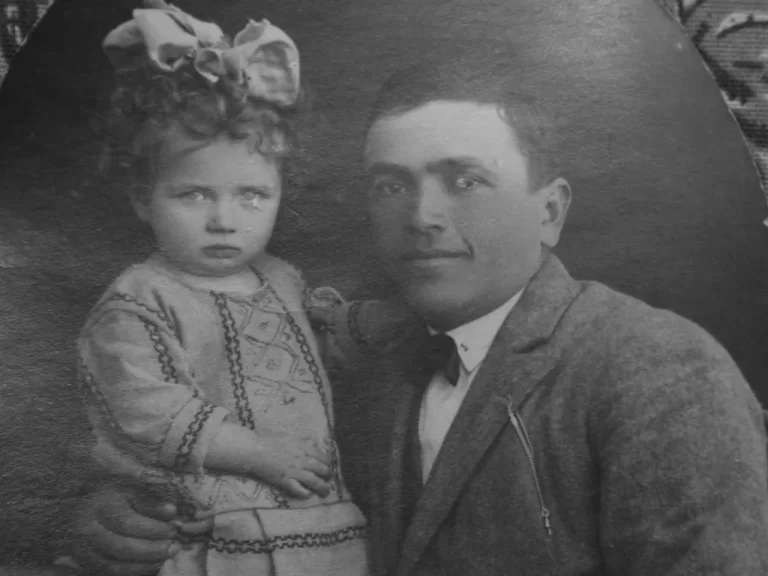A return to our Roots - multigenerational homes history

Embracing the Past: The Story of Multigenerational Living
Living with your family can mean having a lot of people under one roof: moms, dads, kids, grandparents, and sometimes even great-grandparents. This way of living together, with more than two generations in one house, is what we call multigenerational living. It’s not something new; in fact, the history of multigenerational homes is a rich and vibrant tale that weaves through the fabric of time, touching every corner of the globe.
The Roots of Togetherness: A Peek into Multigenerational Homes History
Long ago, before factories and offices, there was a time when almost everyone lived in multigenerational homes. This part of multigenerational homes history shows us a world where families stayed together from birth until old age. It was normal for grandparents to live with their children and grandchildren. They shared everything: meals, work, stories, and milestones. In this chapter of multigenerational homes history, everyone had a role, from the youngest to the oldest, and this made their bonds strong. In rural areas, especially, where farms and land were the main sources of livelihood, multigenerational living was practical. Older family members contributed their wisdom and experience, while the younger ones provided the muscle and energy needed for daily chores. This shared living arrangement is a golden thread in the tapestry of multigenerational homes history, representing a time when the home was not just a place to live but a bustling hub of productivity and care.
Across the Seas: Multigenerational Living Around the World
Even as the world began to change, with people moving to cities for work and living in smaller spaces, the essence of multigenerational homes history remained intact in many cultures. In Asia, for example, respecting and caring for elders is deeply rooted in society. Children, parents, and grandparents often share homes, echoing the practices of their forebears. Here, the multigenerational homes history isn’t just about tradition; it’s about a way of life that nurtures family bonds and ensures that elders are honored and cared for.
In other parts of the world like Africa and Latin America, the story is similar. Families are large and interconnected, with aunts, uncles, and cousins sometimes joining the multigenerational mix. This continuation of multigenerational homes history speaks volumes about the importance of community and the collective over the individual. The African proverb “It takes a village to raise a child” encapsulates this sentiment perfectly, highlighting the communal nature of child-rearing and family life that has been an intrinsic part of society for centuries.
The Industrial Shift: A Turn in the Multigenerational Homes History
The Industrial Revolution brought significant changes to how people lived. Cities grew, and with them, the need for workers in factories. This era marked a shift in multigenerational homes history. Young people started moving away from their family homes in search of jobs, leading to a rise in nuclear families—just parents and their children living together. This was a massive change from the multigenerational living of the past. But while this trend took hold in many Western societies, the heart of multigenerational homes history continued to beat strongly elsewhere, where families maintained the age-old tradition of staying together.
Today’s Multigenerational Homes: A Modern Take on an Old Tradition
Now, let’s talk about today. In some places, like the United States, there’s been a resurgence in multigenerational living. It’s a modern nod to the multigenerational homes history, where young adults move back in with their parents, or grandparents join the household. This isn’t just because of tradition; it’s also practical. Sometimes it’s about saving money, and other times it’s about needing extra help with the kids or the elders.
In this contemporary chapter of multigenerational homes history, we see a blend of old and new. Families are rediscovering the benefits of living together: sharing costs, responsibilities, and experiences. Technology and modern amenities make these arrangements easier and help maintain a balance between privacy and togetherness.
Lessons from the Past for the Future
Looking back at the multigenerational homes history, there are lessons to be learned. Living with multiple generations under one roof teaches us about cooperation, respect, and patience. It shows us the value of each person’s role in a family, regardless of age. As the world changes and we face new challenges, perhaps there’s wisdom in this old way of living that can help us navigate the future.
The history of multigenerational homes isn’t just a tale of how we used to live. It’s a continuing story that adapts and evolves with us. Whether it’s through necessity or choice, multigenerational living reminds us that at the end of the day, family—however you define it—is one of the cornerstones of human society.
As we move forward, we may find that the essence of multigenerational homes history remains relevant. Whether we’re looking to strengthen family ties, share resources, or simply honor our elders, the principles of multigenerational living can offer guidance and comfort. Perhaps, in this fast-paced world, looking back at the multigenerational homes history can help us find our way forward, together.